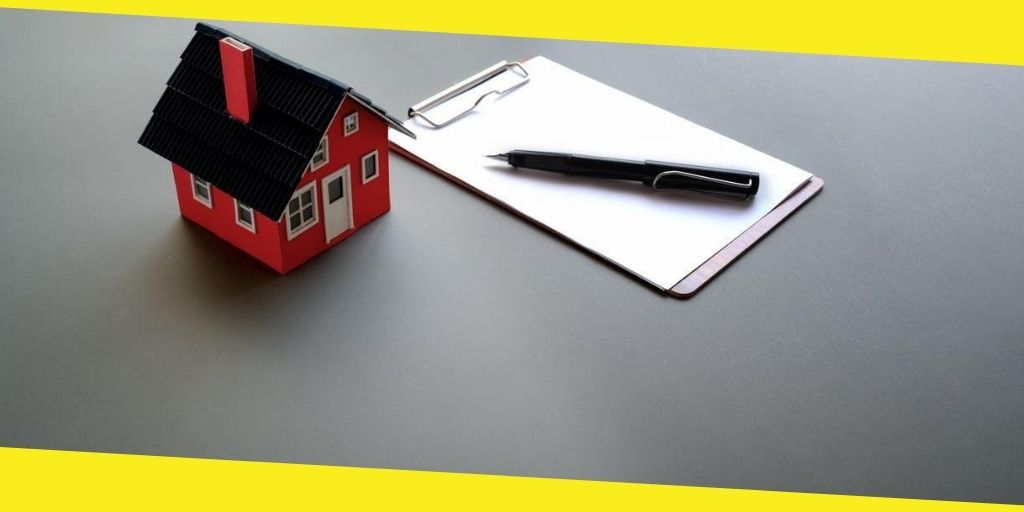How to Take Advantage of Mortgage Refinance?
Mortgage refinance implies paying off your existing housing loan and replacing it with a new one. There are several reasons as to why a homeowner would like to refinance their mortgage.
Mortgage refinancing* usually costs between 2 to 5% of the loan principal. Before refinancing your mortgage the homeowner needs to evaluate whether it is a good financial decision.

Contents
ToggleHow is Mortgage Refinancing Beneficial?
-
Refinancing your mortgage to obtain a Lower Interest Rate
One of the main reasons as to why one should refinance a mortgage is to lower the existing interest rate on your current loan. It is much better to opt for refinancing if you can get a reduction in your home loan rate by at least 2%. However several financial lenders believe that an interest saving of 1% is a good enough incentive for individuals to refinance their mortgage.
You can not only save money by reducing your interest rate but also build equity in your home. This in turn can help you to reduce the amount of your monthly payment. For instance, a 25-year fixed-rate mortgage plan with an interest rate of 5% on a $75,000 home has a monthly payment of $438. The very same loan at a 4.5% interest can reduce your monthly payment to $233.
-
Refinancing your mortgage to reduce the term of your loan
When the interest rate reduces, loan borrowers are provided with an opportunity to refinance their existing loan with another loan of a shorter term.
For instance, consider a 25-year fixed-rate mortgage on a $75,000 home, refinancing from 10% to 5% can reduce the term by nearly half with only a small change in the monthly payment. On the other hand, if you are already at the 5% interest rate for 25 years, getting a 3% mortgage for a reduced loan term would increase your monthly payment. Therefore the homeowner has to work out the math before taking this decision.
-
Refinancing your mortgage to convert from Fixed-Rate Mortgage to ARM and vice versa
While an ARM (Adjustable-Rate Mortgage) offers a lower interest rate when compared to fixed-rate mortgages, any periodic adjustment to the same can result in an increased financial burden on you. When this happens, converting into fixed-rate mortgages can offer you a lower interest rate and reduce the risk of any future hike in the interest rate.
Conversely, choosing to convert from a fixed-rate mortgage loan to an ARM that has a lower monthly payment can be a very good financial strategy provided the home loan interest rates are reducing. This works very well for homeowners who do not wish to stay in a particular home for more than a few years. It’s important to understand the difference between fixed-rate and adjustable-rate mortgages**.
-
Refinancing a mortgage to tap Equity or for Debt Consolidation
Homeowners usually access the equity present in their homes in order to cover big expenses such as the renovation of their homes or when availing education loans for their children. Usually, such owners justify the need for refinancing their mortgage by adding to the fact that renovation of the home increases the value of the home. They also find that the interest rate on a particular mortgage loan is much less than the money which they have borrowed from other sources.
Another justification for the same is that the interest applicable to mortgages can result in a tax deduction. Moreover, with the introduction of the Tax Cut And Job Act, the loan size on which you can claim a deduction of interest has significantly dropped from $1 million to $750,000*** provided you have purchased the house after December 15th, 2017.
Homeowners also refinance their mortgage for debt consolidation. Replacing debt which is charging you higher interest with a mortgage that costs you a lower interest rate is quite good.
Should one refinance their mortgage into another 30-year loan?
Any homeowner’s objective would be to reduce their monthly payment. It can be quite tempting to refinance their mortgage with another 30-year loan in order to reduce the mortgage payment. However, it implies that you will take more time to pay off for your house while paying extra interest over the term.
As an alternative, you can ask your financial lender to match the remaining loan term. For instance, if you have a 30-year loan running for 4 years, you have 26 years remaining to repay the mortgage. You can ask your financial lender to set up your payments in such a way that you repay the loan amount over 26 years instead of 30. This way, you can reduce your interest rate which you pay over the period.
Using a Mortgage Refinance Calculator
In case you have decided to refinance your mortgage, it is much better if you work out the numbers first. You can always use a mortgage refinance calculator for helping you find out the best plan suitable for you.
All you need to know is your new loan amount along with the interest rate. When you input all these data, the tool gives you instant results concerning the monthly savings, lifetime savings, new monthly payment, as well as the cost estimated with the refinancing option.
The mortgage calculator will give you a clear picture of what you should expect. In addition, if you have a few estimates from your financial lender, you can enter the same in the calculator to identify the best deal for you.
References:
Recommended For You
Financial Skills We All Need To Know
Most Inside
Most Inside offers high-quality recommendations and valuable updates to enhance all aspects of your life, providing premium guidance and enriching experiences.




